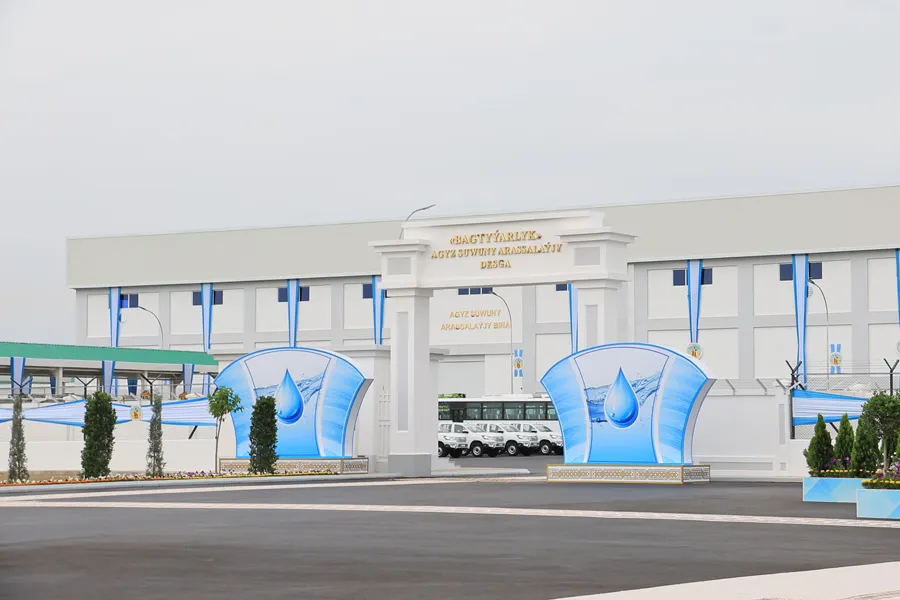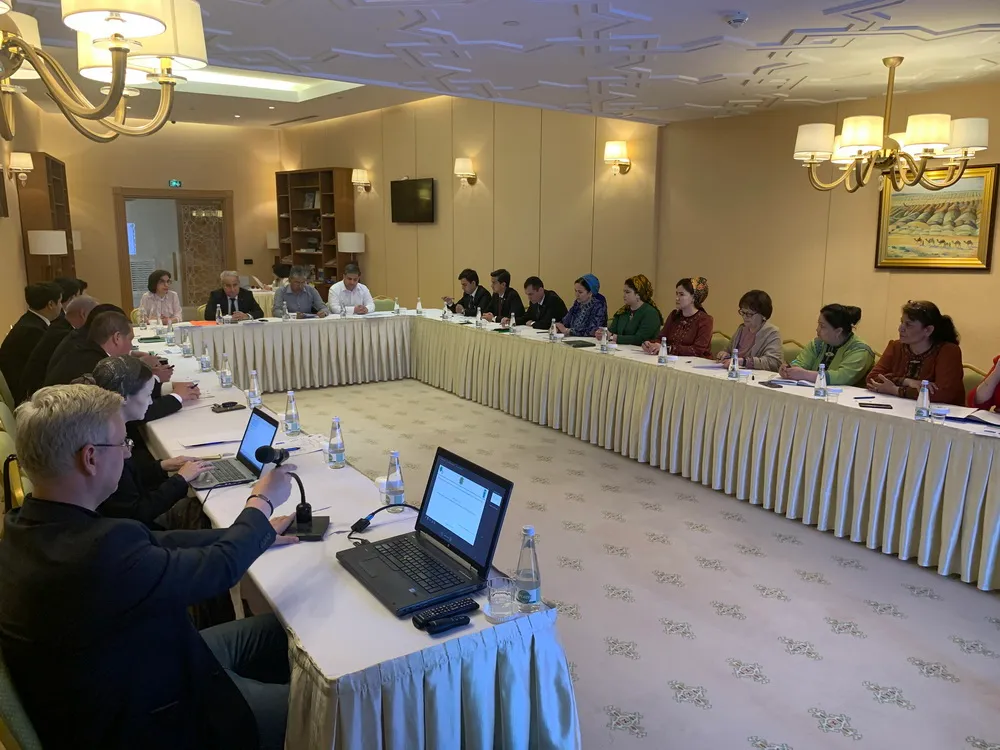For the first time in the last 10 years, Uzbekistan has prepared a national report on the state of the environment. A working group created by the Ministry of Ecology, Environmental Protection and Climate Change of the republic with the support of international organizations worked on the review.
“This issue has been raised to the level of public policy. The most important thing is that civil society in Uzbekistan is not indifferent to the current environmental situation. The purpose of the report is not only to assess the state of the environment, but also to expand access to environmental information,” noted the head of the working group for the development of the national report, Khaniya Asilbekova.
An illustrated overview was presented in Samarkand as part of the 14th meeting of the Conference of the Parties to the Convention on the Conservation of Migratory Species of Wild Animals (CMS COP14), which ends on February 17.
In the review, experts spoke about the quality of atmospheric air, the state of the soil, water and land resources, wildlife and biodiversity, climate change, and the environment. The report also outlined the situation with the Aral Sea region and the management of waste and chemicals in the republic.
Today, Uzbekistan is a party to 14 international conventions and more than 20 agreements and memorandums in the field of environmental protection. The Ministry of Ecology is implementing 31 international grant projects totaling more than $100 million. Another 8 international projects worth $40 million are next in line.
As the department said, all these programs and initiatives cover the protection of biodiversity, including migratory species, measures to address climate change and increase forest plantings, combat desertification, improve the situation in the Aral Sea region, as well as waste and chemicals management.
Air quality remains one of the most discussed topics in Uzbekistan, not only among civil society, but also at the state level. At the end of January, at a meeting with the participation of the president, it was reported that in general, today industrial enterprises and transport emit more than 2 million tons of pollutants into the atmosphere. Meanwhile, if for a long time the level of pollution was assessed as “red” (harmful), then recently reports have appeared about “yellow” (average).
According to the report, if emissions from enterprises have remained at a stable level in recent years (874 thousand tons annually), then pollution caused by various types of transport is increasing. The emissions, according to the report, include nitrogen oxides and particulate matter. The situation is aggravated by abnormal temperature changes and dust storms.
Currently, there are about 4 million cars in Uzbekistan, which emit 1.3 million tons of harmful substances per year. Most of all – in Tashkent and the Tashkent region. At the same time, the number of cars continues to grow, the report says.
At the last meeting, the President instructed to take urgent measures to improve the situation. Thus, the movement of trucks and cars older than 10 years will be gradually limited on the streets of Tashkent. From January 1, 2025, the republic plans to abandon AI-80 gasoline.
In addition, according to the presidential decree, by 2030 it is expected that Uzbek citizens will begin to use public transport twice as often, and the share of electric buses will reach 50%.
Another topic of concern is water resources.
“Water shortages are growing in Uzbekistan. On the one hand, this situation is associated with population growth and increasing needs for food and energy. On the other hand, the consequences of climate change, in particular water shortages and droughts, are becoming increasingly apparent,” the report says.
Other consequences include the melting of glaciers, which in Uzbekistan have already decreased by 30%. According to the report, the annual reduction of glaciers is 0.3-0.6%. This, in turn, carries the risk of outbursts of high-mountain glacial lakes and mudflows.
According to the report, there are 50 thousand wells in the country. The main reserves of fresh groundwater are concentrated in the Tashkent, Samarkand, Surkhandarya, Namangan and Andijan regions.
To preserve and protect water resources, Uzbekistan has adopted state programs and introduced mandatory payments and fines for pollution and excess use. Integrated water resources management (the process of their sustainable development, distribution and monitoring in the context of social, economic and environmental goals), as well as water accounting and water conservation systems, are increasingly being used.
The issue of water conservation is especially relevant for the country, given that more than half of the land is used in agriculture.
“Agriculture consumes 90% of water used. Water-saving technologies are used in only 23% of areas,” the report says.
As the report’s authors said, one way to reduce water consumption is to use drought-resistant crops (carrots, tomatoes) and early varieties of crops (cabbage, potatoes).
Wildlife protection is being strengthened in Uzbekistan. Among the measures taken is the issuance of hunting permits
and collection of plants, cadastre and reporting on flora and fauna, availability of the Red Book, creation of protected natural areas. By the way, the latter are the basis for the conservation of biodiversity and make up 14% of the country’s total area.
Uzbekistan, along with other states, is also faced with the consequences of climate change.
“Since the beginning of instrumental meteorological observations in 1880, the average annual temperature has increased by 1.6 degrees (from 13.2 to 14.8). Over the past five years, the number of days with heat exceeded the average by 5-7 days, and in the Aral Sea region by 12-17 days,” the report says.
Over the past 10 years, the situation related to the drying up of the Aral Sea has stabilized, the report’s authors say. However, it could worsen again if Afghanistan completes and introduces the Kosh-Tepa canal in the upper reaches of the Amu Darya. According to environmentalists, climate change may over time increase the load on the Aral Sea region, both due to low water levels and droughts throughout the basin, and due to increased heat and water shortages in the Aral Sea region.
Meanwhile, today the state is making great efforts, in particular, to improve water quality and access to it. At the expense of state programs, 1.5 thousand km of drinking water supply networks were built and reconstructed, the report says. This made it possible to increase access to them from 40% to 68%. In addition, 5 new protected natural areas with a total area of 3.6 million hectares were created in the region.



